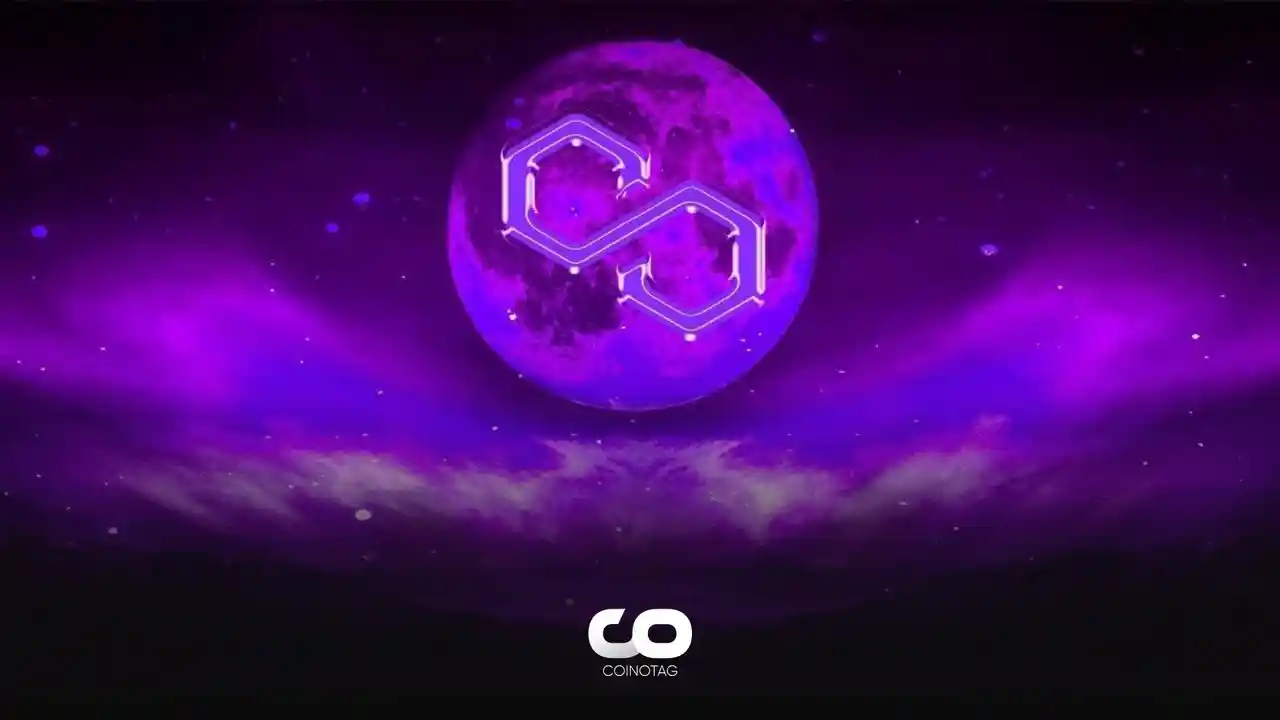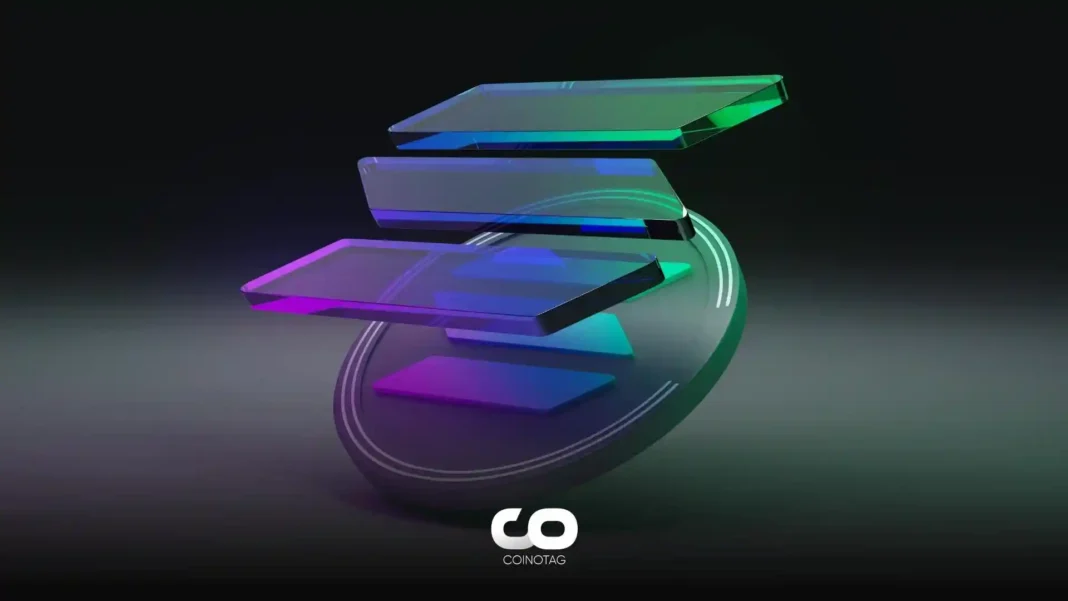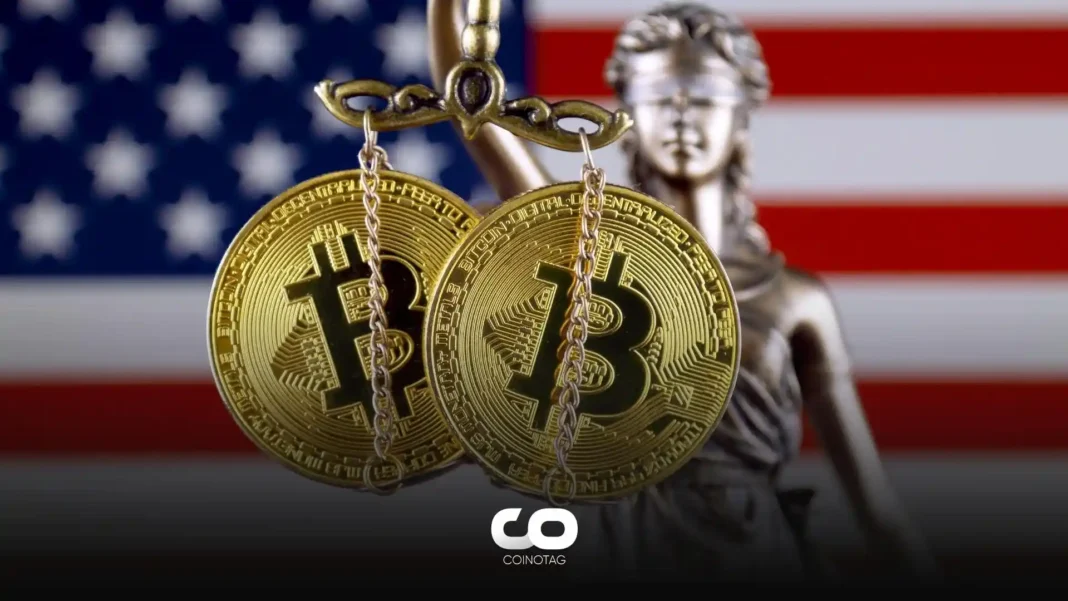| COINOTAG recommends • Exchange signup |
| 💹 Trade with pro tools |
| Fast execution, robust charts, clean risk controls. |
| 👉 Open account → |
| COINOTAG recommends • Exchange signup |
| 🚀 Smooth orders, clear control |
| Advanced order types and market depth in one view. |
| 👉 Create account → |
| COINOTAG recommends • Exchange signup |
| 📈 Clarity in volatile markets |
| Plan entries & exits, manage positions with discipline. |
| 👉 Sign up → |
| COINOTAG recommends • Exchange signup |
| ⚡ Speed, depth, reliability |
| Execute confidently when timing matters. |
| 👉 Open account → |
| COINOTAG recommends • Exchange signup |
| 🧭 A focused workflow for traders |
| Alerts, watchlists, and a repeatable process. |
| 👉 Get started → |
| COINOTAG recommends • Exchange signup |
| ✅ Data‑driven decisions |
| Focus on process—not noise. |
| 👉 Sign up → |
- In a recent announcement, Polygon, a leading player in the blockchain space, has launched a highly anticipated powerful portal update called Polygon Portal.
- Polygon Portal has various features offering a comprehensive control panel for Polygon PoS, Polygon zkEVM, and Ethereum, aiming to simplify and streamline interactions within the Polygon ecosystem.
- One standout feature is the ability of Polygon Portal to seamlessly bridge assets through Socket Bridge and various third-party bridges.
Polygon, a prominent player in the blockchain space, introduced the Portal platform in its recent announcement: What are the features of this product?
Polygon Introduces Polygon Portal Platform

In a recent announcement, Polygon, a leading player in the blockchain space, has launched a highly anticipated powerful portal update called Polygon Portal. This versatile platform aims to revolutionize the user experience in the Web3 landscape by providing a unified gateway to Polygon chains and Ethereum. Innovative features promise a seamless journey for users, developers, and validators.
This unified interface acts as a central hub to manage digital assets on Polygon chains and seamlessly bridge to Ethereum. Meanwhile, the Polygon team bid farewell to the Polygon Wallet Suite, inviting users to the Polygon Portal era. Polygon Portal has various features offering a comprehensive control panel for Polygon PoS, Polygon zkEVM, and Ethereum, aiming to simplify and streamline interactions within the Polygon ecosystem.
| COINOTAG recommends • Professional traders group |
| 💎 Join a professional trading community |
| Work with senior traders, research‑backed setups, and risk‑first frameworks. |
| 👉 Join the group → |
| COINOTAG recommends • Professional traders group |
| 📊 Transparent performance, real process |
| Spot strategies with documented months of triple‑digit runs during strong trends; futures plans use defined R:R and sizing. |
| 👉 Get access → |
| COINOTAG recommends • Professional traders group |
| 🧭 Research → Plan → Execute |
| Daily levels, watchlists, and post‑trade reviews to build consistency. |
| 👉 Join now → |
| COINOTAG recommends • Professional traders group |
| 🛡️ Risk comes first |
| Sizing methods, invalidation rules, and R‑multiples baked into every plan. |
| 👉 Start today → |
| COINOTAG recommends • Professional traders group |
| 🧠 Learn the “why” behind each trade |
| Live breakdowns, playbooks, and framework‑first education. |
| 👉 Join the group → |
| COINOTAG recommends • Professional traders group |
| 🚀 Insider • APEX • INNER CIRCLE |
| Choose the depth you need—tools, coaching, and member rooms. |
| 👉 Explore tiers → |
According to the official blog post on Polygon’s platform, the vision of Polygon Portal is to provide an intuitive user interface that allows users to easily manage their assets regardless of their experience levels. The platform offers a unified experience without compromising on security, cost, or ease of use, catering to both experienced users and beginners.
One standout feature is the ability of Polygon Portal to seamlessly bridge assets through Socket Bridge and various third-party bridges. Users can manage their assets and token lists, purchase gas for MATIC or ETH on the target chain using the Refuel Gas feature, and access developer tools to build decentralized applications (dApps) of their dreams. Additionally, it facilitates asset exchange on third-party decentralized exchanges (DEXs).
| COINOTAG recommends • Exchange signup |
| 📈 Clear interface, precise orders |
| Sharp entries & exits with actionable alerts. |
| 👉 Create free account → |
| COINOTAG recommends • Exchange signup |
| 🧠 Smarter tools. Better decisions. |
| Depth analytics and risk features in one view. |
| 👉 Sign up → |
| COINOTAG recommends • Exchange signup |
| 🎯 Take control of entries & exits |
| Set alerts, define stops, execute consistently. |
| 👉 Open account → |
| COINOTAG recommends • Exchange signup |
| 🛠️ From idea to execution |
| Turn setups into plans with practical order types. |
| 👉 Join now → |
| COINOTAG recommends • Exchange signup |
| 📋 Trade your plan |
| Watchlists and routing that support focus. |
| 👉 Get started → |
| COINOTAG recommends • Exchange signup |
| 📊 Precision without the noise |
| Data‑first workflows for active traders. |
| 👉 Sign up → |
Enjoyable and User-Friendly Interface for Developers
For developers, Polygon Portal serves as a comprehensive resource, providing tools and documentation, while validators offer a holistic platform for all participants joining the Polygon ecosystem. Meanwhile, the Fueling Refuel Transaction Fee feature, supported by the 0x API, is a significant enhancement to the popular Transaction Fee Swap solution in Polygon PoS. This feature allows users to purchase MATIC for the fee on the target chain while using the bridge.
As expressed by Polygon Devs, this update to the Polygon bridge is nothing less than a “bright upgrade.” With Polygon Portal, the community envisions a future where Web3 is more widely adopted, contributing to the construction of a fair and equitable digital future for everyone. However, despite significant updates, the MATIC price fell by 1.38% at the time of writing, reflecting a downward trend in the overall market. Despite the recent loss, the cryptocurrency’s price has almost 6% in the last seven days and a 5% increase in the last 30 days.
| COINOTAG recommends • Traders club |
| ⚡ Futures with discipline |
| Defined R:R, pre‑set invalidation, execution checklists. |
| 👉 Join the club → |
| COINOTAG recommends • Traders club |
| 🎯 Spot strategies that compound |
| Momentum & accumulation frameworks managed with clear risk. |
| 👉 Get access → |
| COINOTAG recommends • Traders club |
| 🏛️ APEX tier for serious traders |
| Deep dives, analyst Q&A, and accountability sprints. |
| 👉 Explore APEX → |
| COINOTAG recommends • Traders club |
| 📈 Real‑time market structure |
| Key levels, liquidity zones, and actionable context. |
| 👉 Join now → |
| COINOTAG recommends • Traders club |
| 🔔 Smart alerts, not noise |
| Context‑rich notifications tied to plans and risk—never hype. |
| 👉 Get access → |
| COINOTAG recommends • Traders club |
| 🤝 Peer review & coaching |
| Hands‑on feedback that sharpens execution and risk control. |
| 👉 Join the club → |
With these latest developments in the Polygon ecosystem, an increase in user interaction on the network is expected. Particularly, Polygon Labs made a significant announcement last Thursday, stating that Flipkart, the Indian e-commerce giant, plans to integrate the Layer 2 chain distributed by CDK. This integration aims to enhance Flipkart’s Web3.0 loyalty program, FireDrops, introduced a few months ago.
| COINOTAG recommends • Members‑only research |
| 📌 Curated setups, clearly explained |
| Entry, invalidation, targets, and R:R defined before execution. |
| 👉 Get access → |
| COINOTAG recommends • Members‑only research |
| 🧠 Data‑led decision making |
| Technical + flow + context synthesized into actionable plans. |
| 👉 Join now → |
| COINOTAG recommends • Members‑only research |
| 🧱 Consistency over hype |
| Repeatable rules, realistic expectations, and a calmer mindset. |
| 👉 Get access → |
| COINOTAG recommends • Members‑only research |
| 🕒 Patience is an edge |
| Wait for confirmation and manage risk with checklists. |
| 👉 Join now → |
| COINOTAG recommends • Members‑only research |
| 💼 Professional mentorship |
| Guidance from seasoned traders and structured feedback loops. |
| 👉 Get access → |
| COINOTAG recommends • Members‑only research |
| 🧮 Track • Review • Improve |
| Documented PnL tracking and post‑mortems to accelerate learning. |
| 👉 Join now → |








